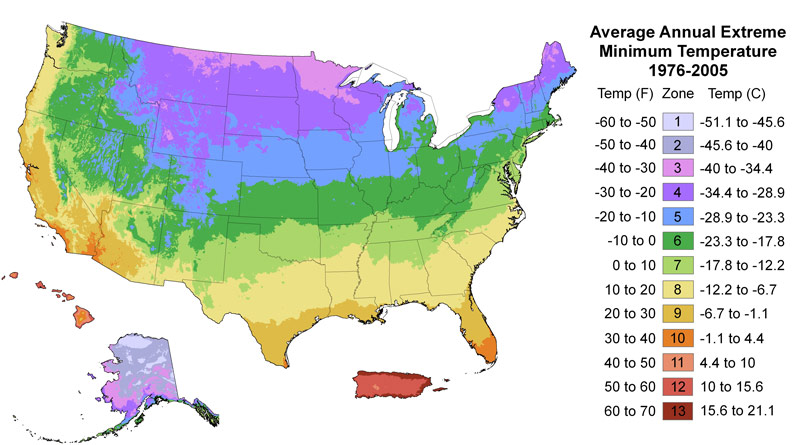Royal Blenheim Apricot Tree
The Royal Blenheim Apricot Tree is a popular variety with medium-sized, golden orange apricots. The flesh is juicy and the taste is sweet. Perfect for baking and preserving.
Not compatible with your zone (2a)
General Plant Information
Royal Blenheim Apricot Tree For Sale
The Royal Blenheim apricot tree is a deciduous fruit tree that typically grows to a height of 15 to 20 feet (4.5 to 6 meters). It has a spreading growth habit with a rounded crown. The leaves are green and ovate in shape. The fruit is renowned for its deliciously sweet and flavorful fruit. The apricots are medium-sized with golden-orange skin and a slightly blush or reddish tint. They have firm, juicy flesh that is aromatic and bursting with flavor.
The Blenheim apricot has a rich history that dates back several centuries. Its origins can be traced to the ancient region of Armenia, where apricots have been cultivated for thousands of years. Apricots were highly valued for their sweet flavor and nutritional benefits, and they were introduced to different parts of the world through trade routes and migrations.
Harvesting:
Blenheim apricots are usually ready for harvest in midsummer, around June or July, depending on the climate. Pick fruits in Summer. Enjoy fresh, dry, or use to bake and cook.
Growing conditions:
Blenheim apricot trees thrive in regions with a Mediterranean climate, warm, dry summers, and mild winters. They require full sun exposure to produce abundant fruit. The trees prefer well-drained soil but can tolerate a range of soil types.
Pollination:
Most apricot trees, including the Blenheim variety, are self-fruitful, which means they can produce fruit with their own pollen. However, cross-pollinate from another apricot tree to improve fruit set and yield. Planting another apricot variety nearby or providing pollinators like bees can increase the chances of successful pollination.
Pruning and Maintenance:
Prune regularly to maintain the health and shape of the Blenheim apricot tree. Prune during the dormant season (late winter or early spring) to remove dead, diseased, or crossing branches and to promote better air circulation and sunlight penetration. Thinning the fruit on the tree can also improve the size and quality of the remaining apricots.
Pests and diseases:
Blenheim apricot trees are susceptible to various pests and diseases. They include aphids, scale insects, peach twig borers, brown rot, and bacterial canker. Proper monitoring, using organic pest control methods, and maintaining good tree hygiene can help prevent or manage these issues.
Remember to check with local nurseries or agricultural extension services for specific guidance on growing apricot trees in your area, as climate and conditions can vary.
Additional Information
Bloom Color : WhiteSun Exposure : Full Sun and Part Sun
Watering : Regular
Bloom Time : Spring
Harvest Time : Summer
Plant Type: Deciduous
Zones: 7-10, 7-9
Chill Hours: Less than 400 hours below 45°F
Pollination: Self-Fruitful / Self Pollinating
USDA Hardiness Zones: 7-10
Planting Information
Soil and Planting: Plant in soil that drains well. Dig a hole that is as deep as the tree’s roots and at least twice as wide.
Place the tree in the hole and backfill around the plant’s roots with a mixture of the native soil and high-quality planting mix that has washed sand and organic fertilizer.
Create a basin around the roots drip zone so that water collects. Water deeply until the roots and nearby soil is saturated and reaches field capacity.
Plant Care Information
Limited Guarantee and Returns
Compatibility
The two factors that determine if a deciduous fruit trees will grow well and produce fruit in a certain area are the Chill Hour Requirement and the Cold Hardiness. “Chill hours” are the amount of cold a deciduous fruit tree need to produce fruit. This is measured in the number of hours below 45 degrees Fahrenheit a plant must experience during its winter dormancy. Paradise Nursery only grows Low Chill fruit trees that meet the chill requirements of all areas of the United States.
The second factor is Cold Hardiness. Cold Hardiness refers to the minimum temperature a plant can tolerate. The USDA’s Cold Hardiness Zones indicate the average minimum winter temperatures of areas. Based on the shipping zipcode, our website will only allow you to add plants to your cart that grow within your USDA Hardiness Zone, and tolerate your climate.
Pollination & Propagation
(Grafting/Cutting) Most of Paradise Nursery’s edible plants are self-fruitful. Self-pollinating trees do not require an additional tree to produce fruit. For your convenience, we have indicated which trees require a pollinator, and their associated pollinators. Only the sweet cherries, avocados, and some plums require a pollinator. All of our other propagated edible plants do not require a pollinator. All of our edible plants are either grown from cuttings, budded, or grafted. This way, we can ensure that our plants are high quality and fruit immediately. Plants will generally begin fruiting within a year of planting.







